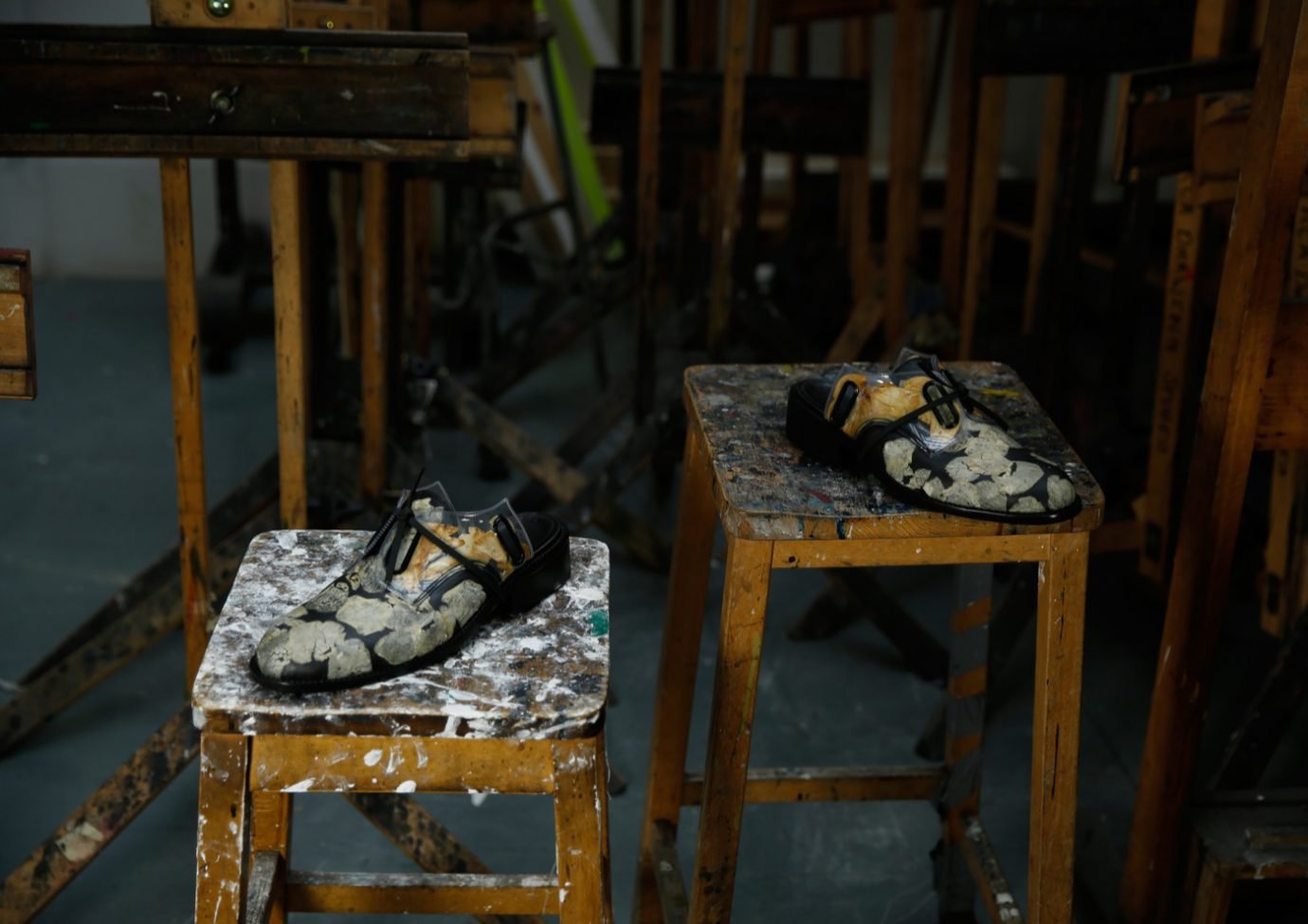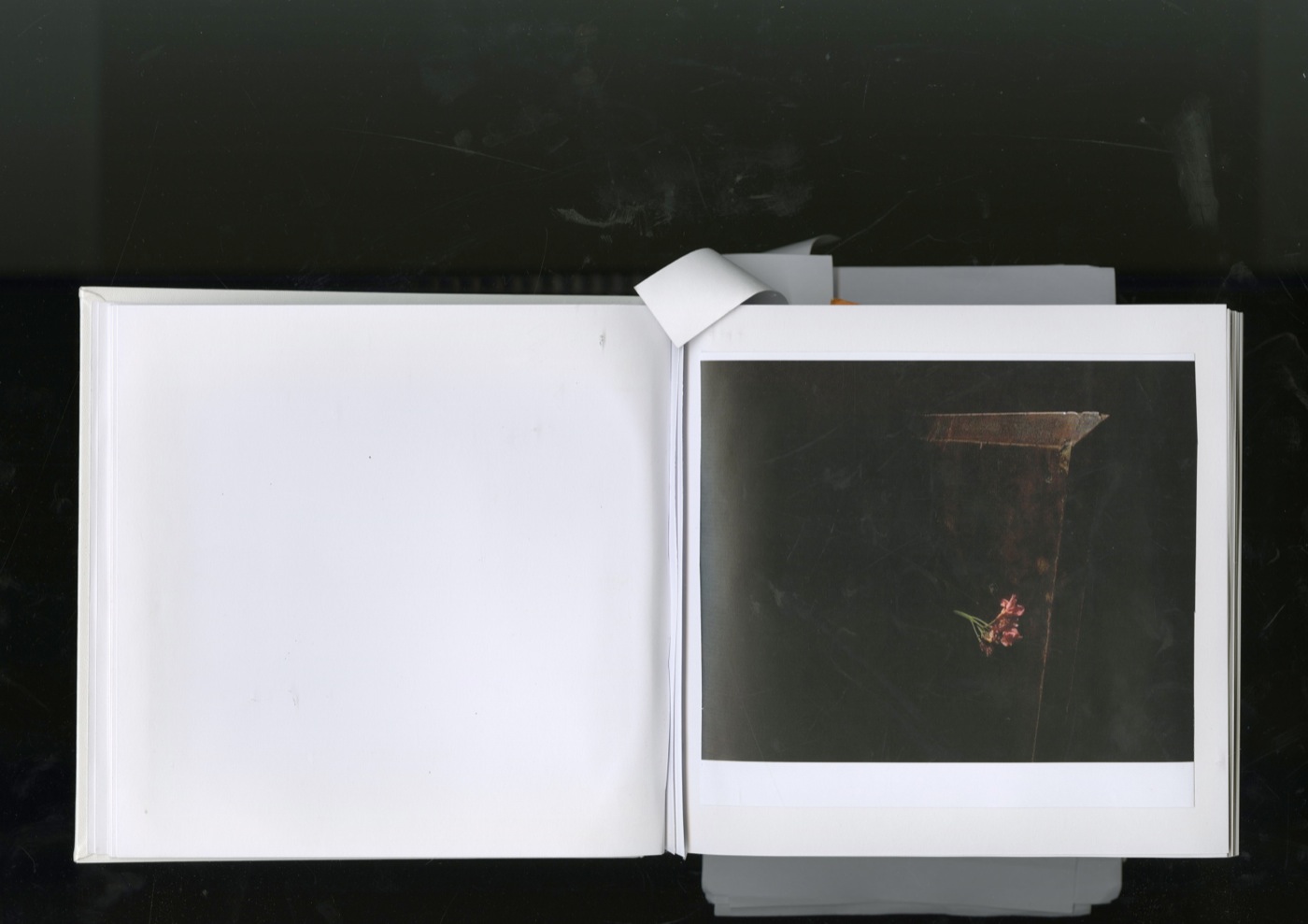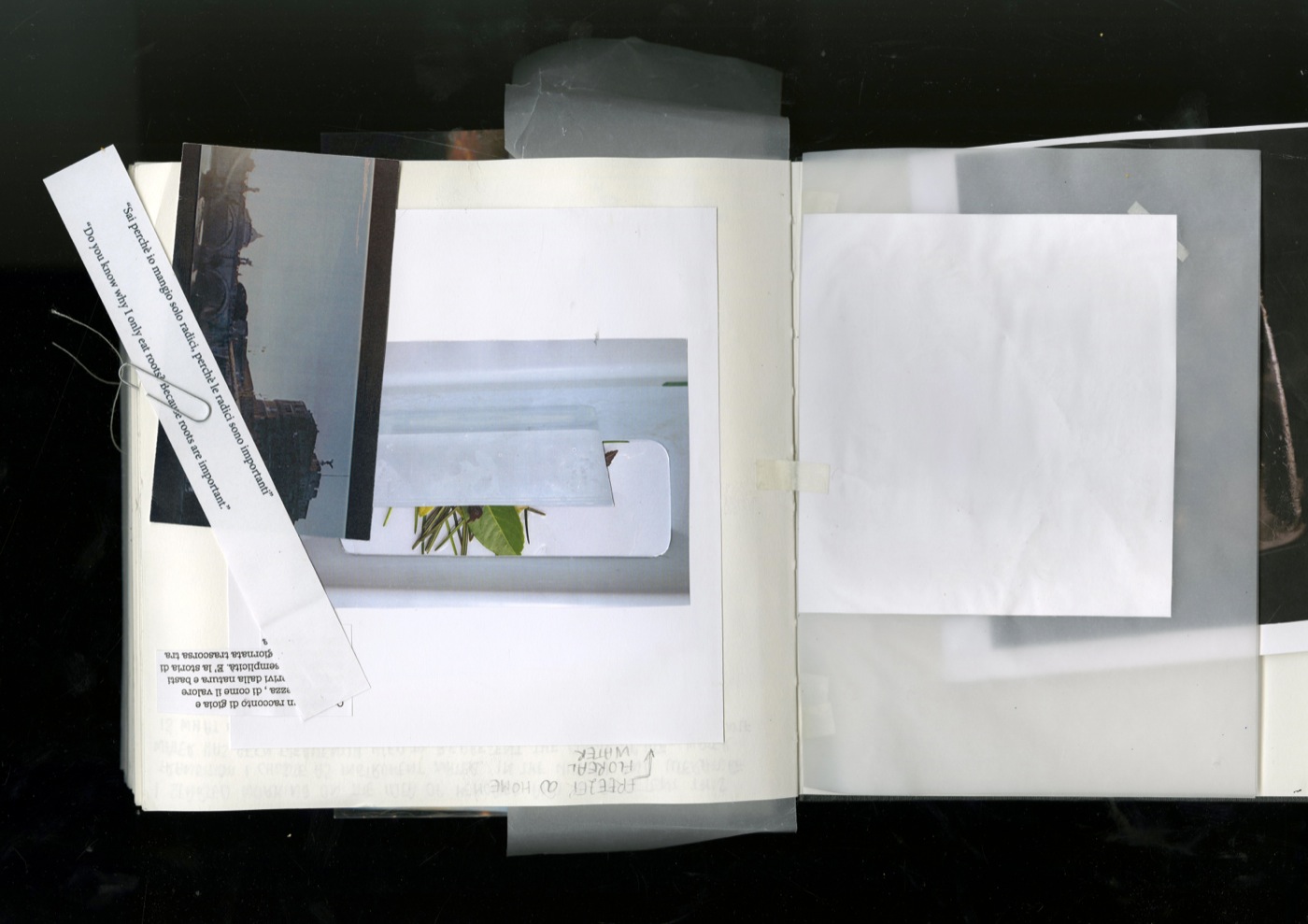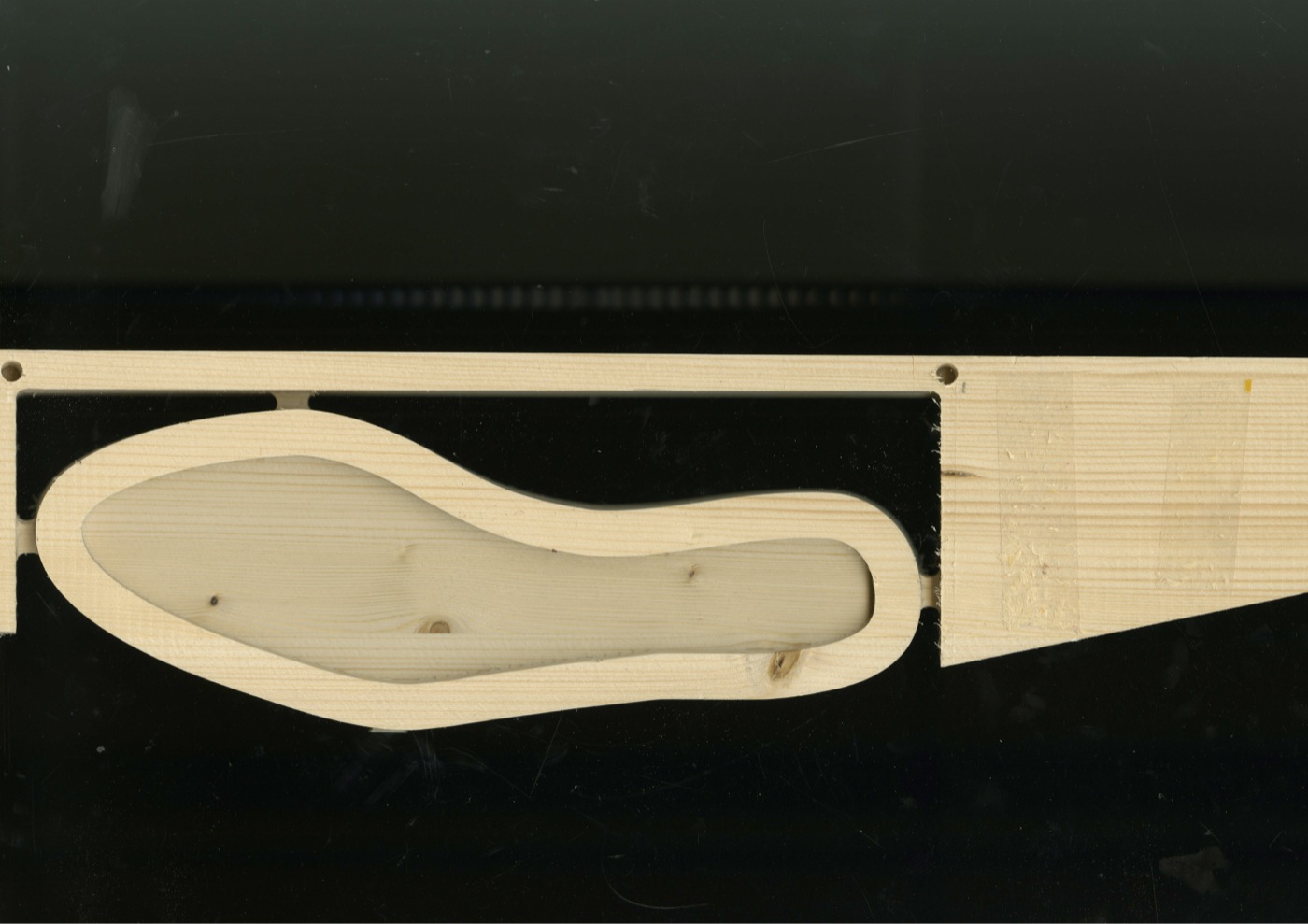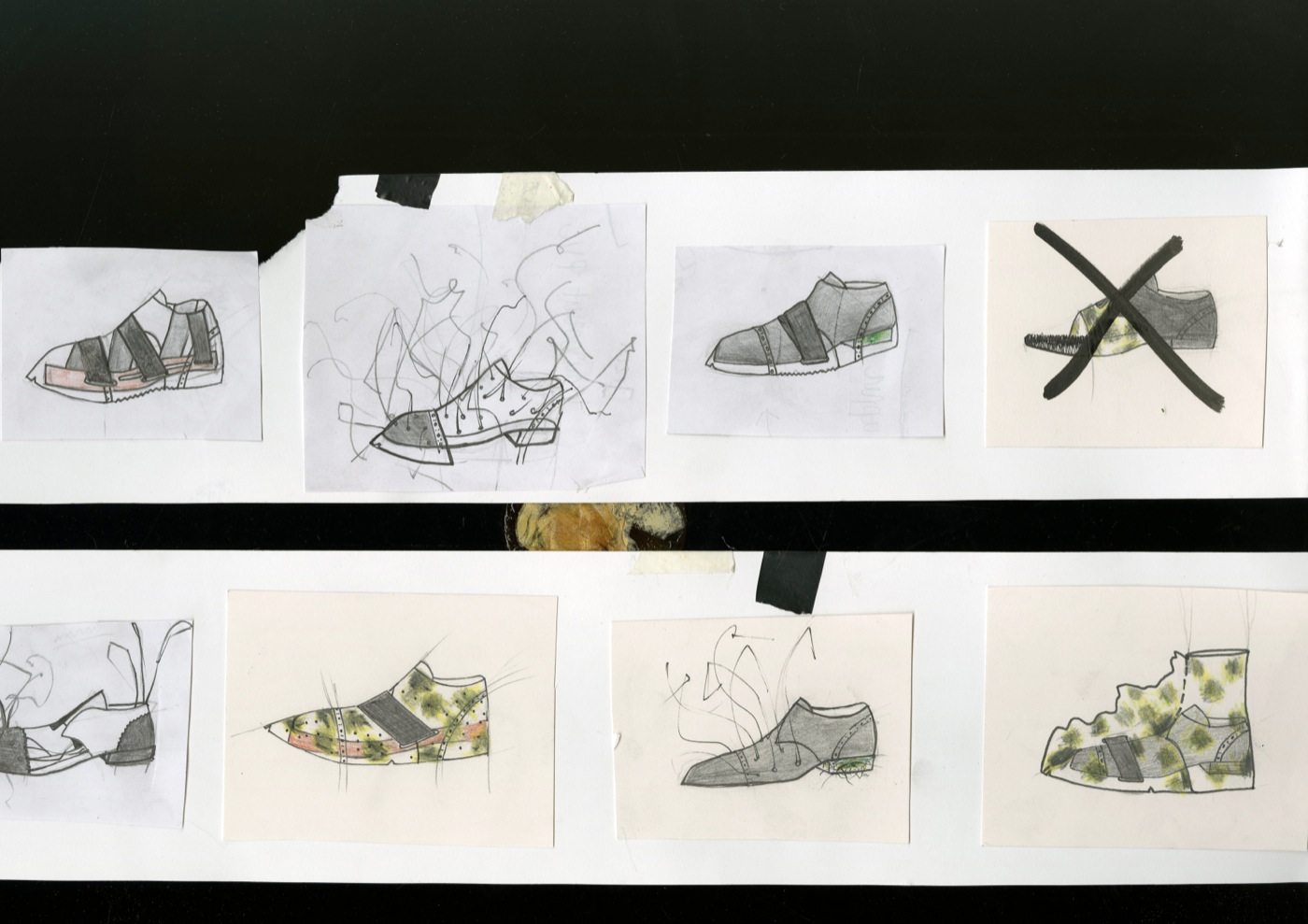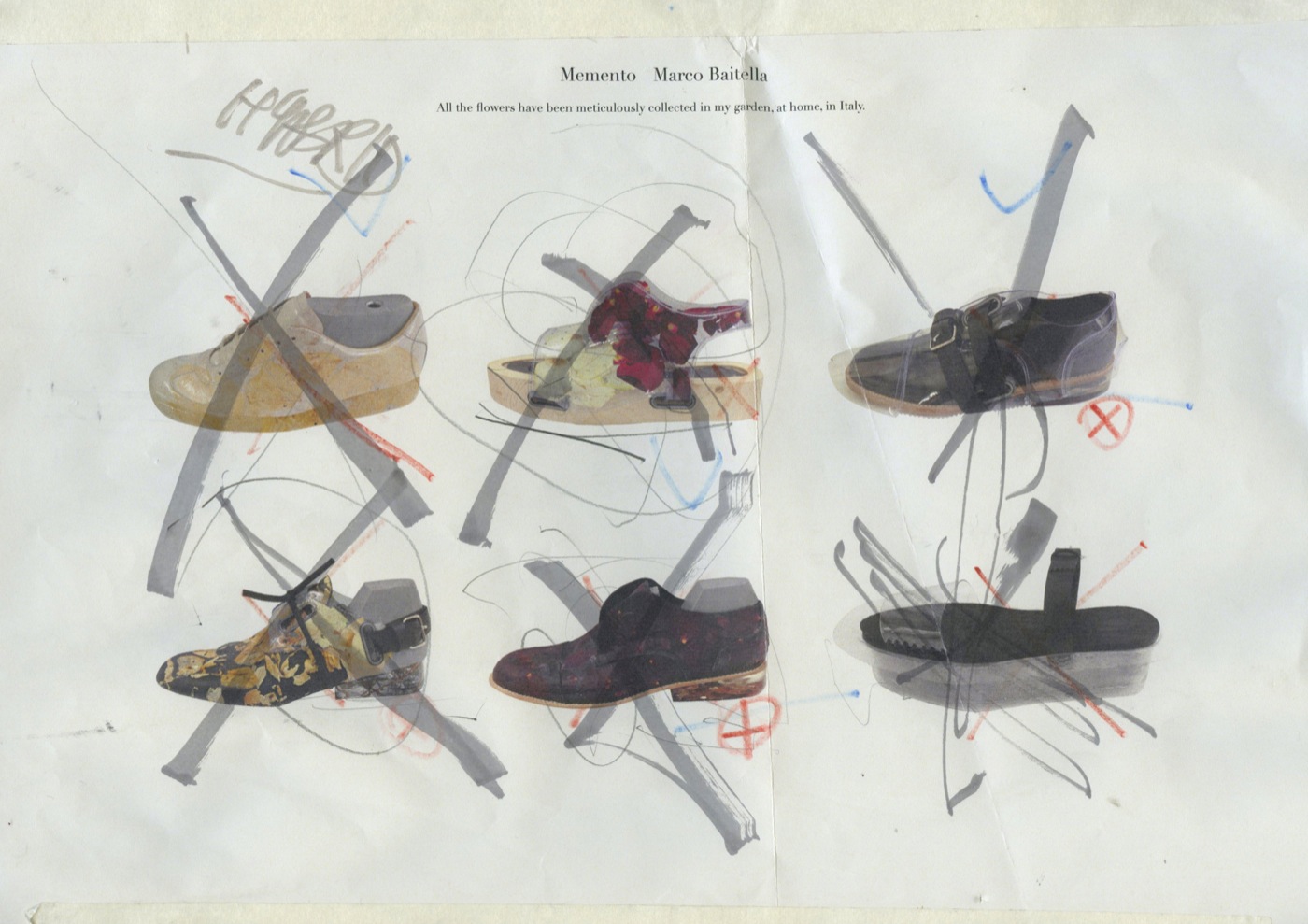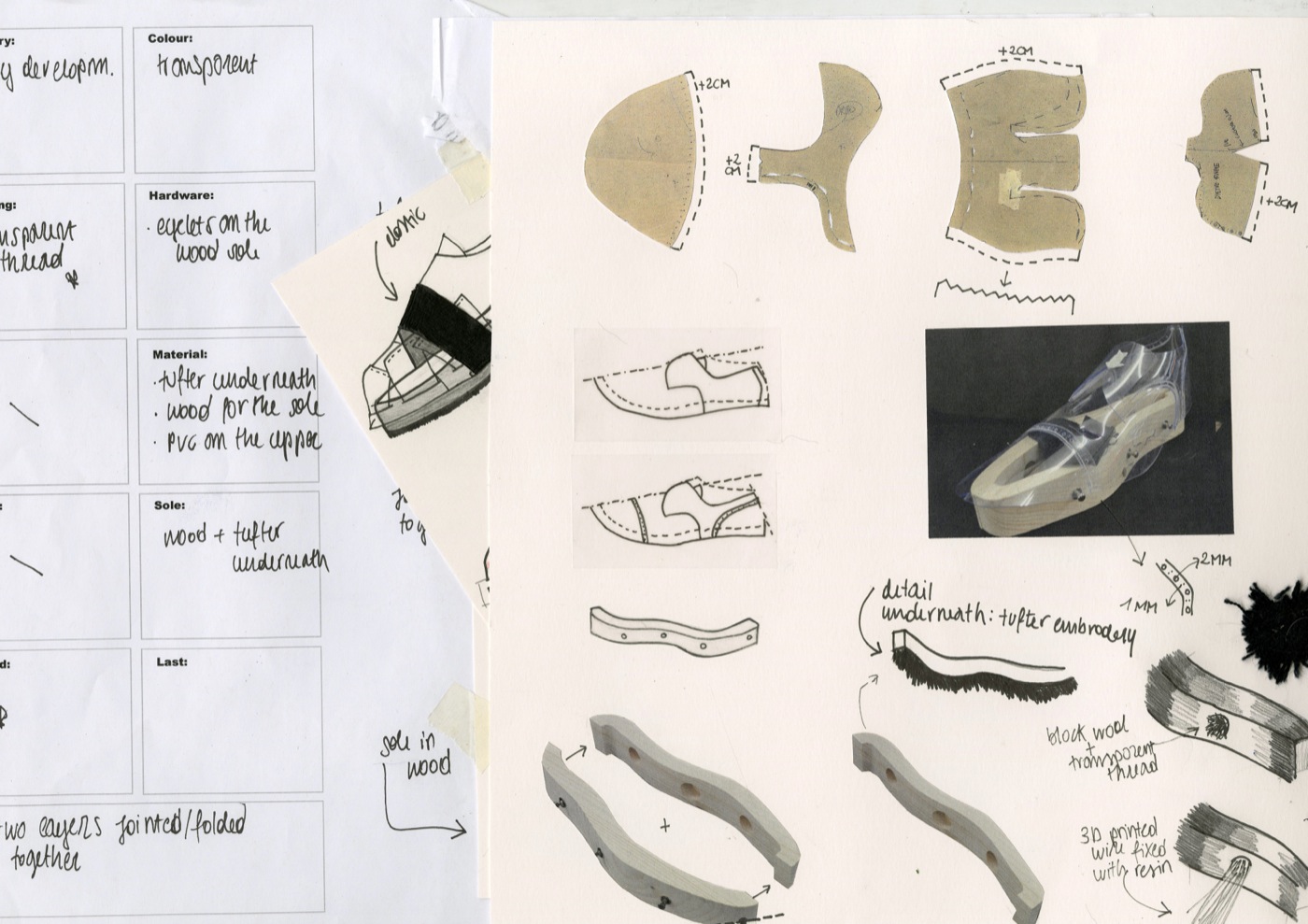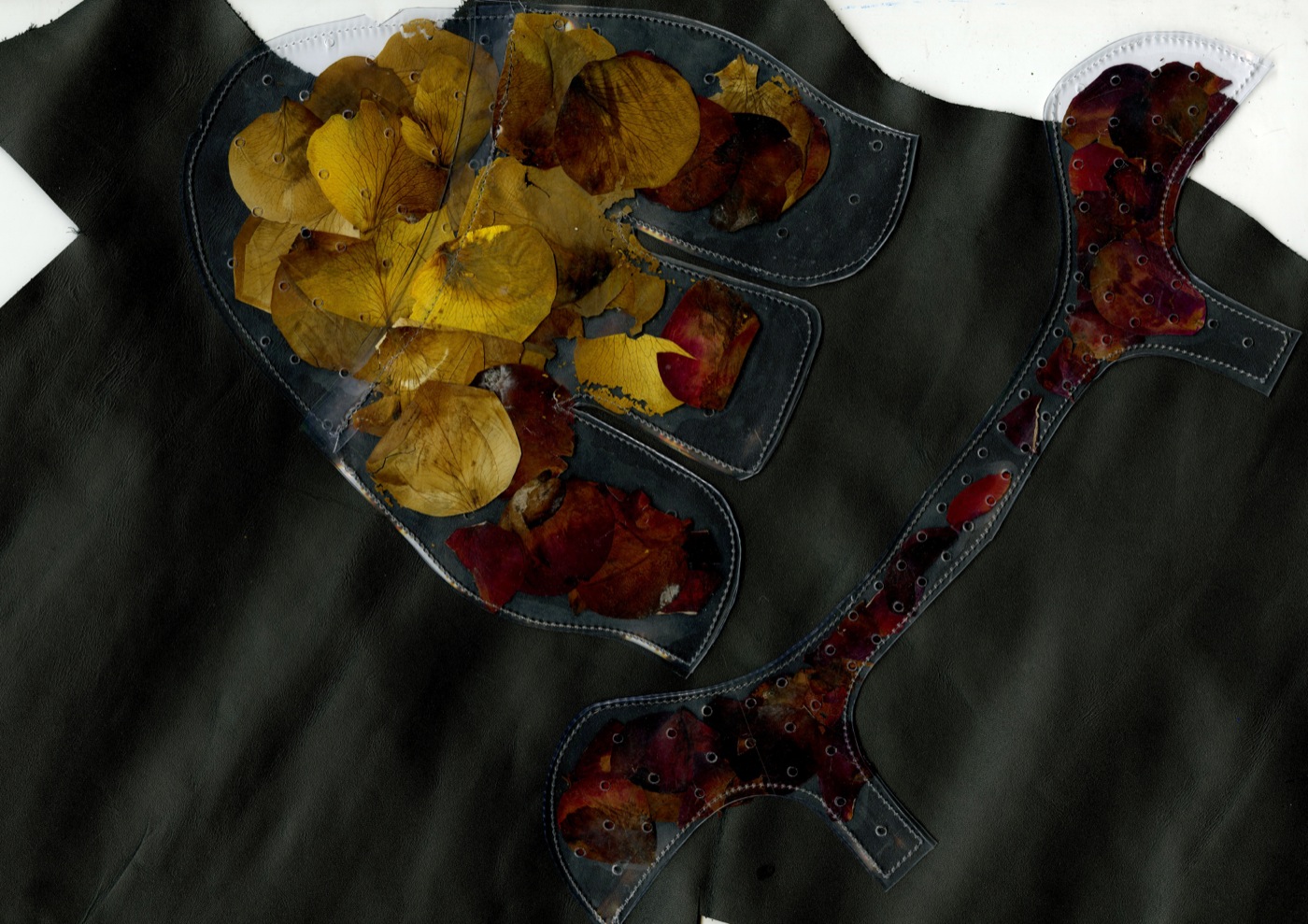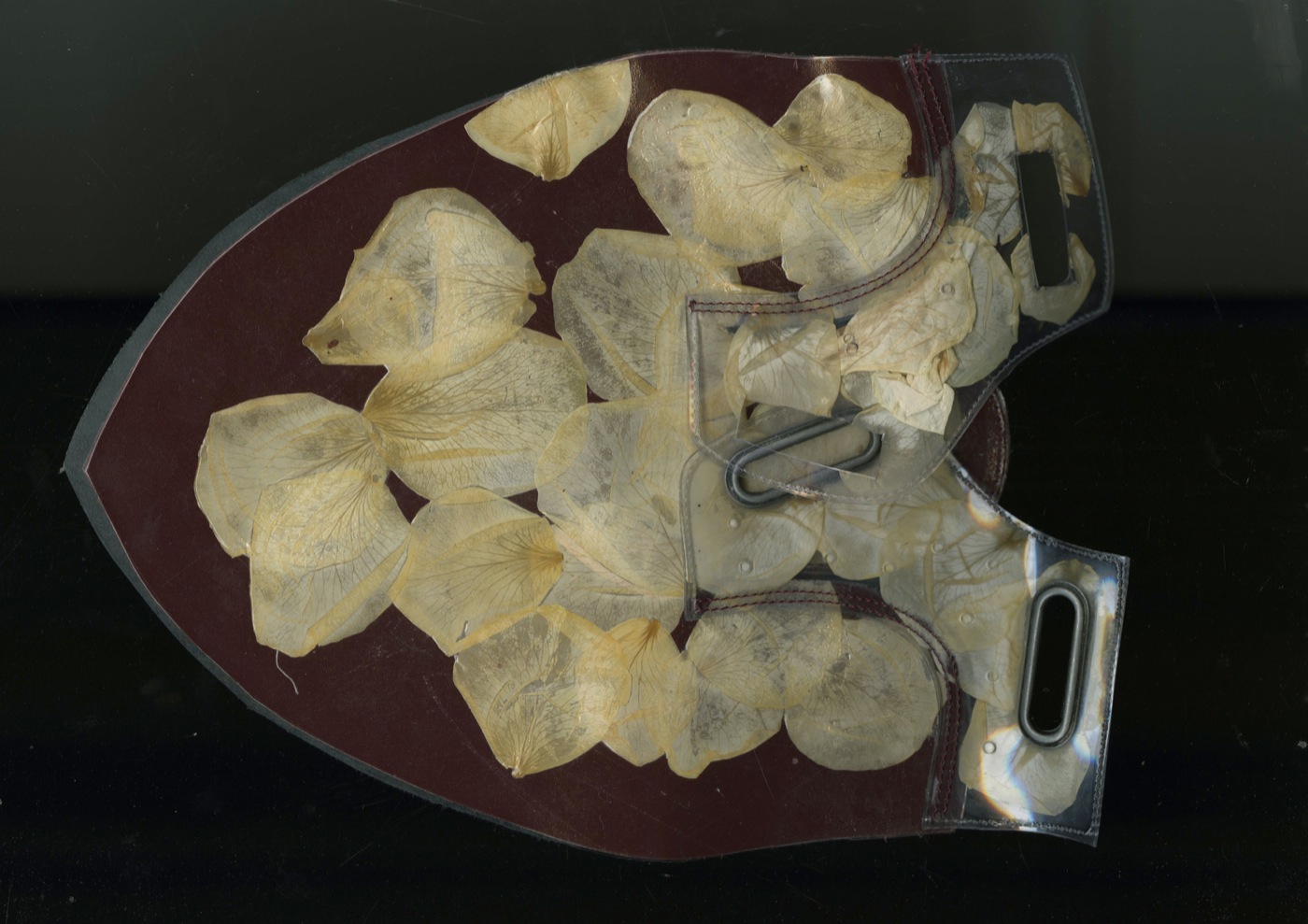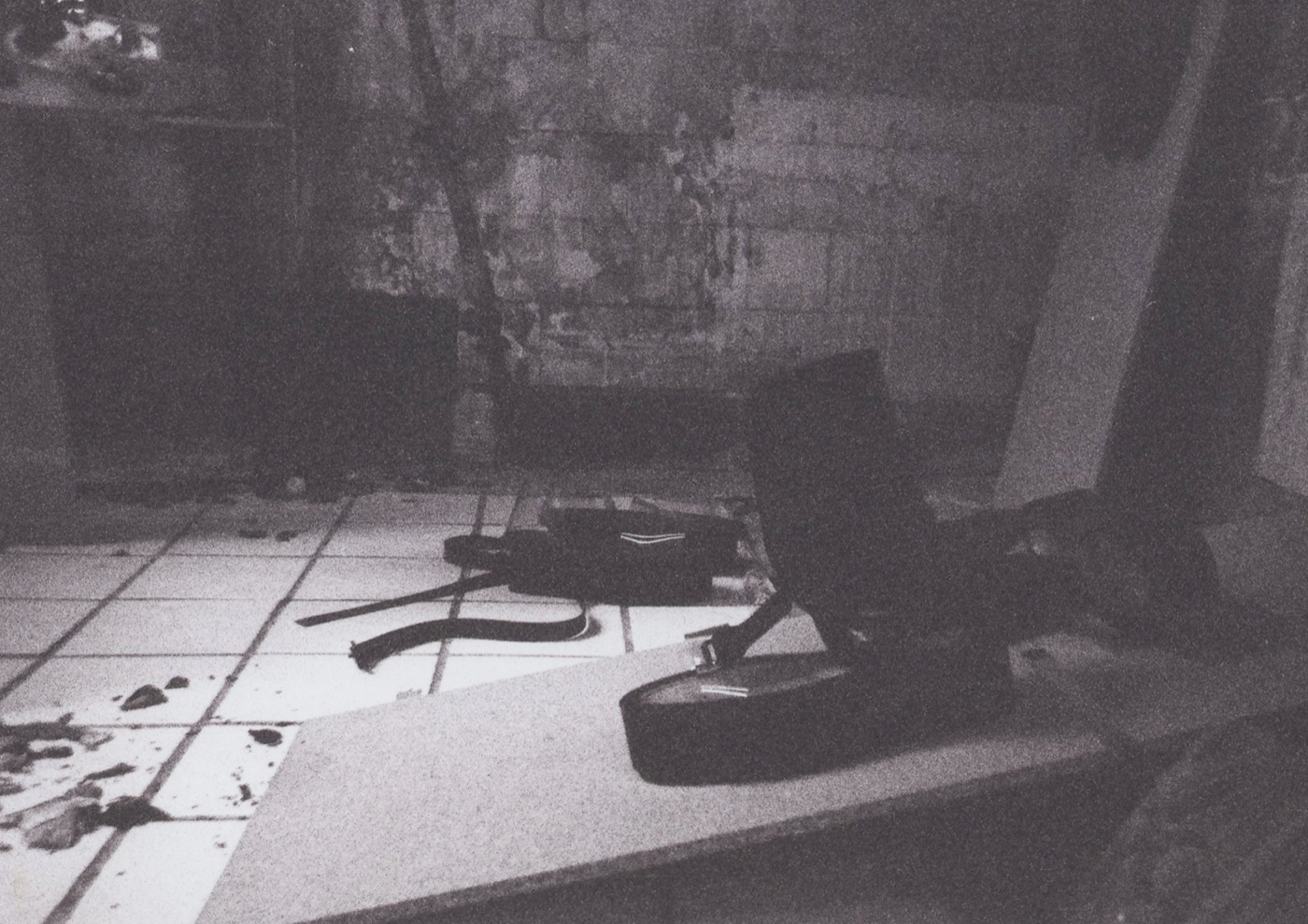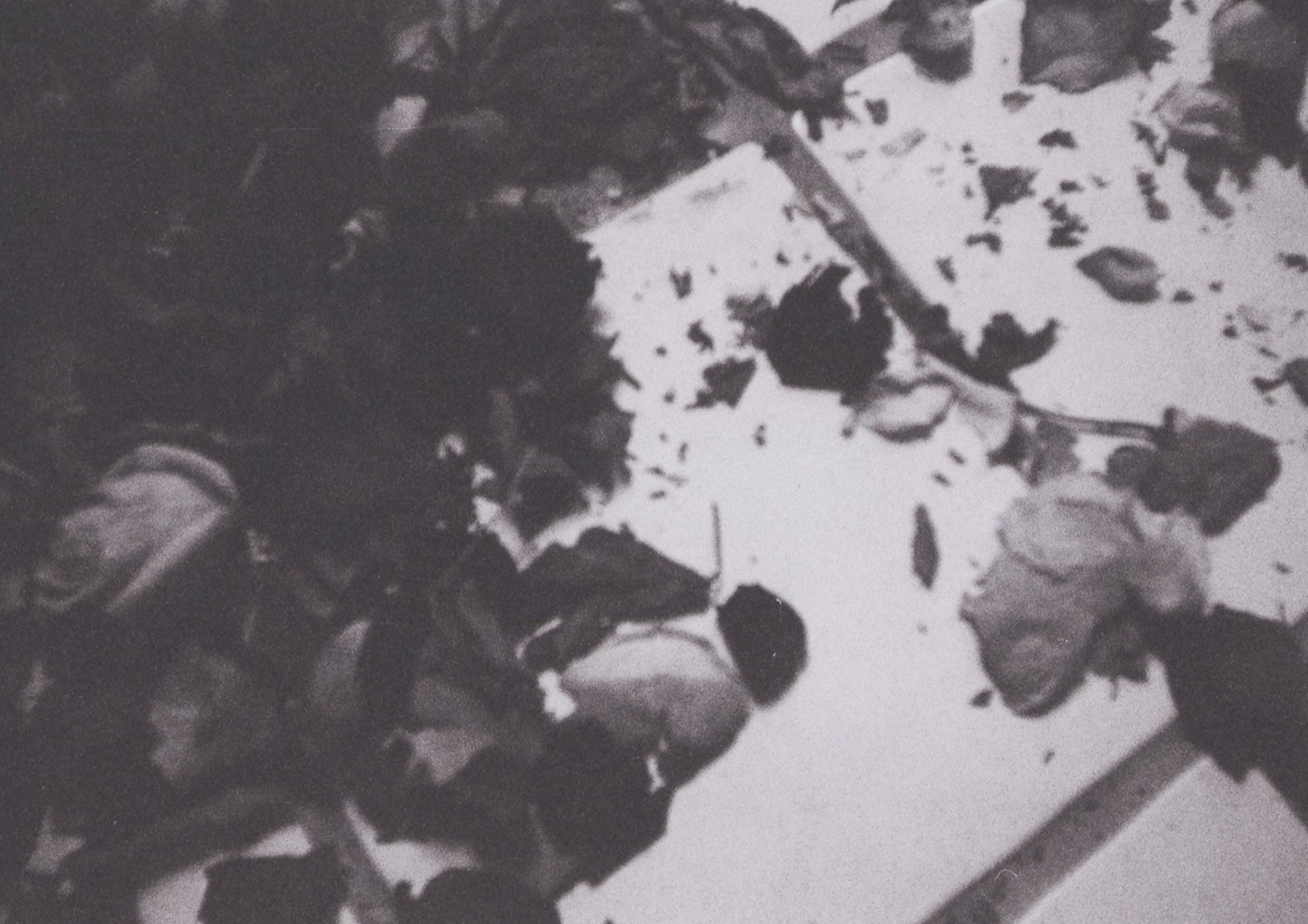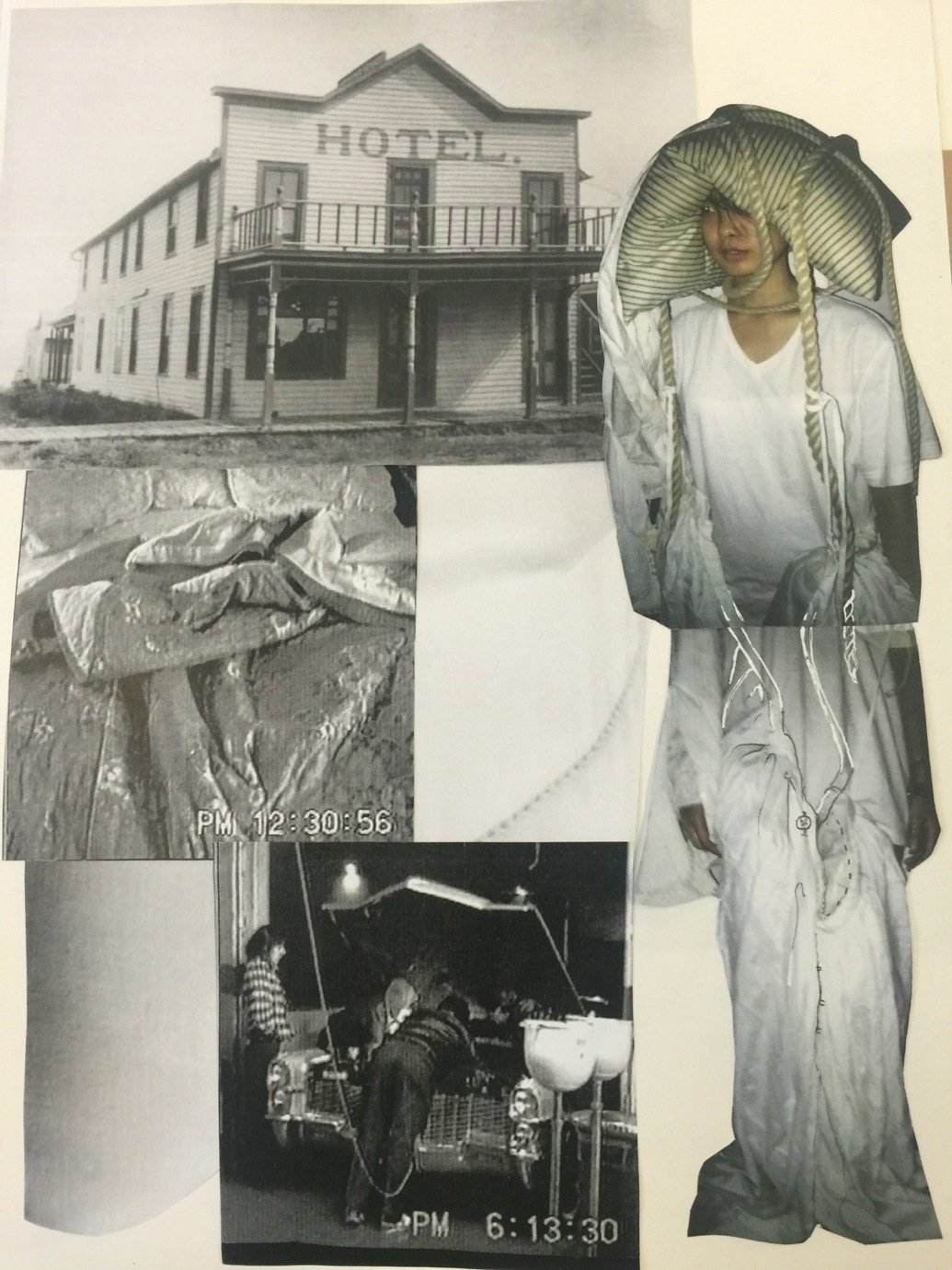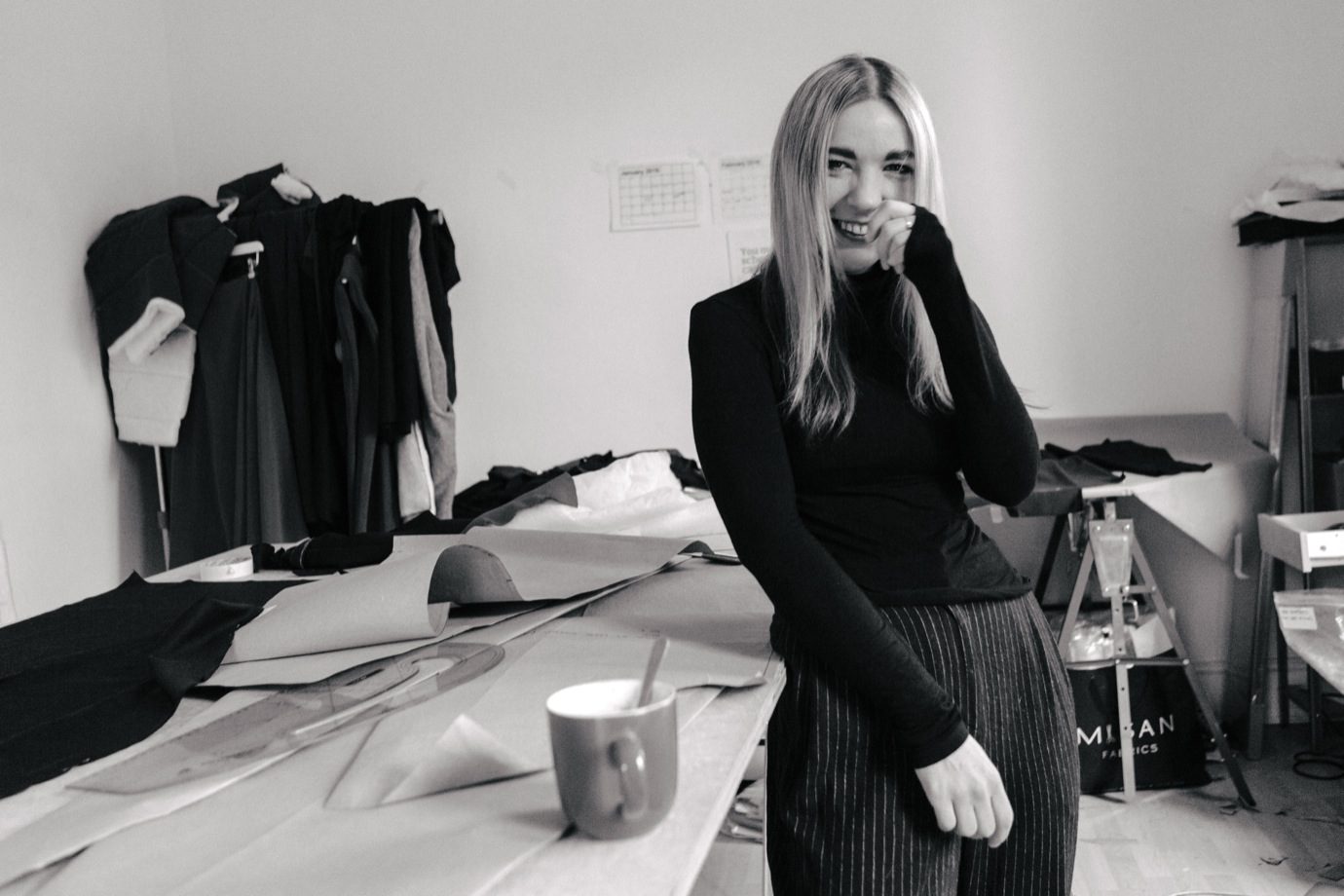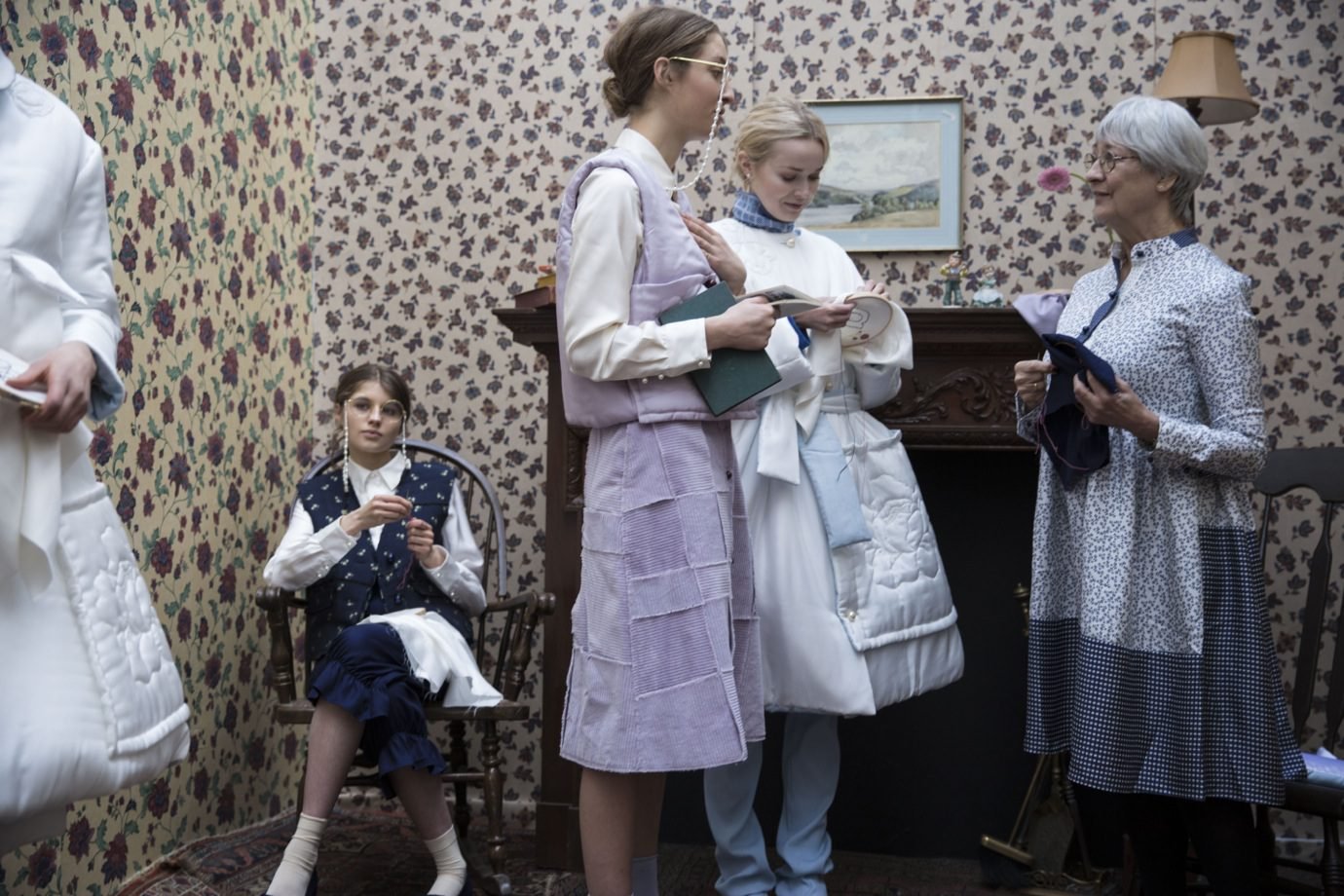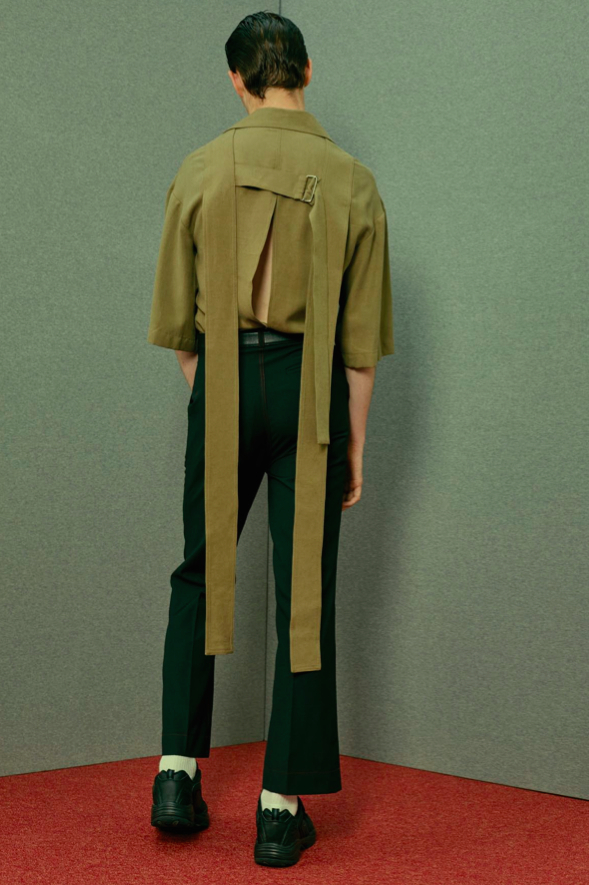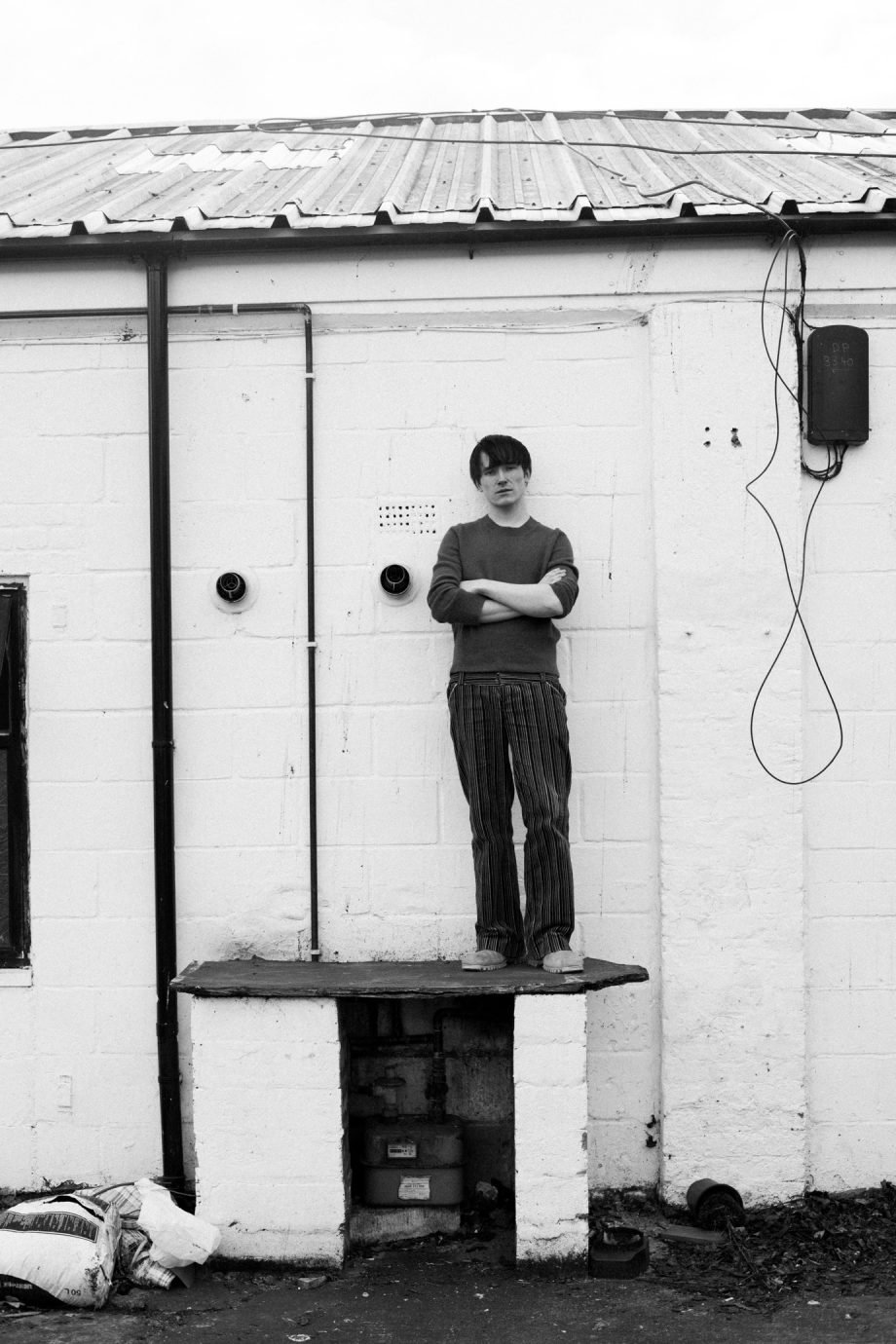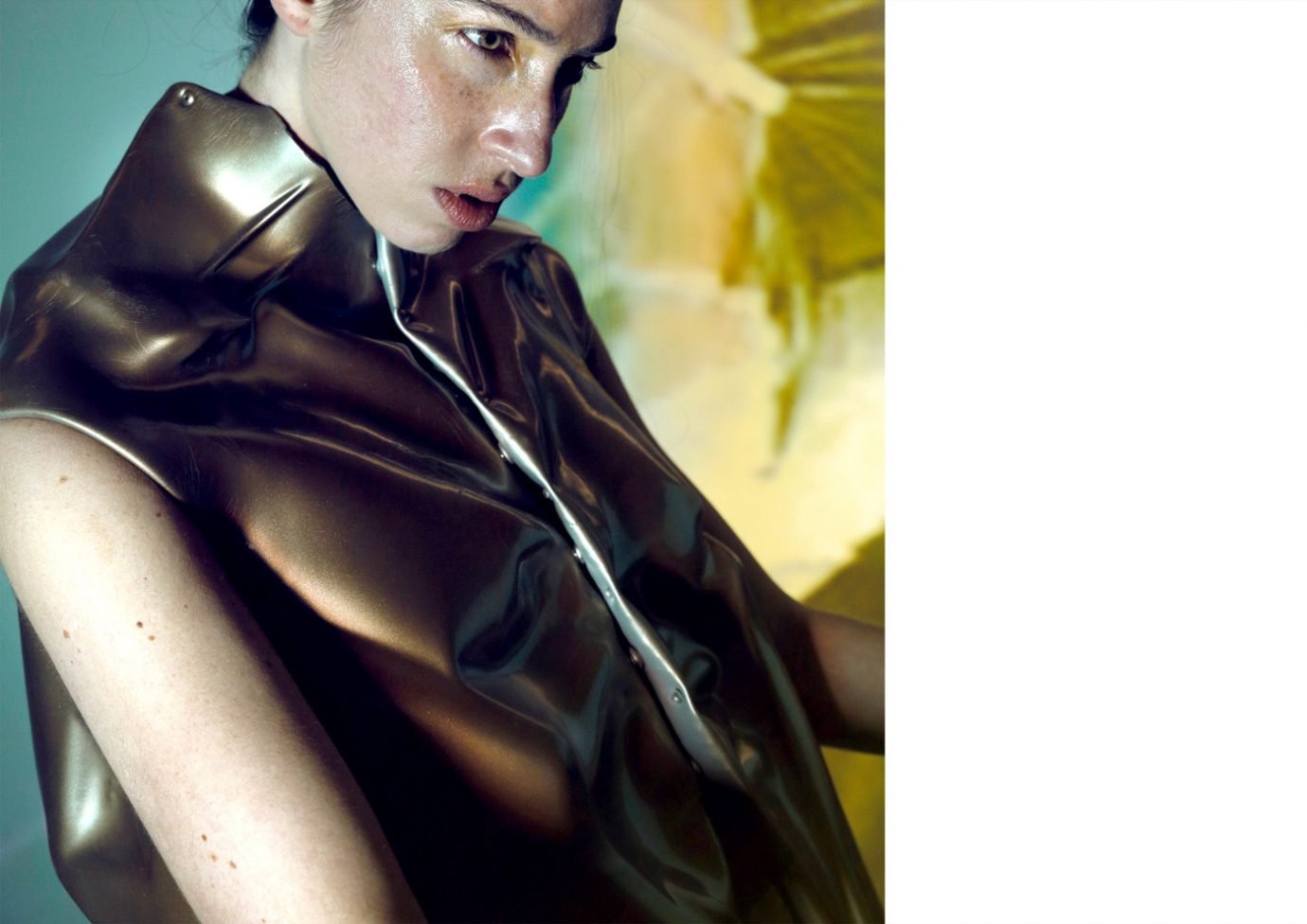“IT IS NOT ABOUT FORMULAICALLY TICKING BOXES FOR A SATISFACTORY RESULT, BUT RATHER ABOUT CHALLENGING THE DIFFERENT WAYS OF THINKING.”
How much do you consider your work to be a part of who you are?
My work progressively became an extension of my identity — gathering more depth and power alongside my personal growth. It is a philosophical and physical dimension where I am able to represent myself: what I was, what I am, and how I imagine myself in both the imminent and the distant future. My primary inspiration is an unconscious network of information that belongs to my memories. A precise moment of the past that crosses my mind while I am walking in Hyde Park, the constant and subtle feeling of the Renaissance in Italian cities, the element of nature that converses with technological materials discovered just five minutes ago.
The approach to design and research at the RCA is very liberal and individual. How has this affected the way you interpret a concept?
The method of teaching at the RCA really encourages its students to develop their own processes and ways of thinking, which is supported by endless facilities that everybody has access to. It is not about formulaically ticking boxes for a satisfactory result, but rather about challenging the different ways of thinking. I personally struggled in my first year, before I was able to exclude all the frivolous input and concentrate on true motivations. The period between the first and second year was fundamental: to look back at previous work and to research in order to understand how to further develop my work. From the start of the second year I was already unconsciously aware of what I wanted. My developmental approach was immediate and spontaneous, as I began to manipulate materials and shapes that ultimately became the main elements of my final collection.
Prior to studying at the RCA did you gain industry experience?
Before applying to the RCA I had some experiences inside and outside my country, within different sectors of the industry. My very first experience was an internship at Balenciaga for six months in 2013, right when the creative direction passed from Nicolas Ghesquière to Alexander Wang. This experience was essential for me to consolidate my aesthetic, in understanding its effective relevance within the industry. I was lucky enough to assist the designers on a visit to factories in Florence during a collection’s development. From this experience I began to understand the importance of creating desirable, high-quality products for a specific target of customer within a market. At the RCA I experimented a lot with conceptual ideas, but at the same time I had the chance to practice my process commercially with various projects sponsored by the industry. I do not believe that conceptual and commercial design are two worlds that walk along two irreconcilable binaries. I personally experienced how high conceptual ideas can be translated into an object that is commercially valuable while maintaining its spirit.

